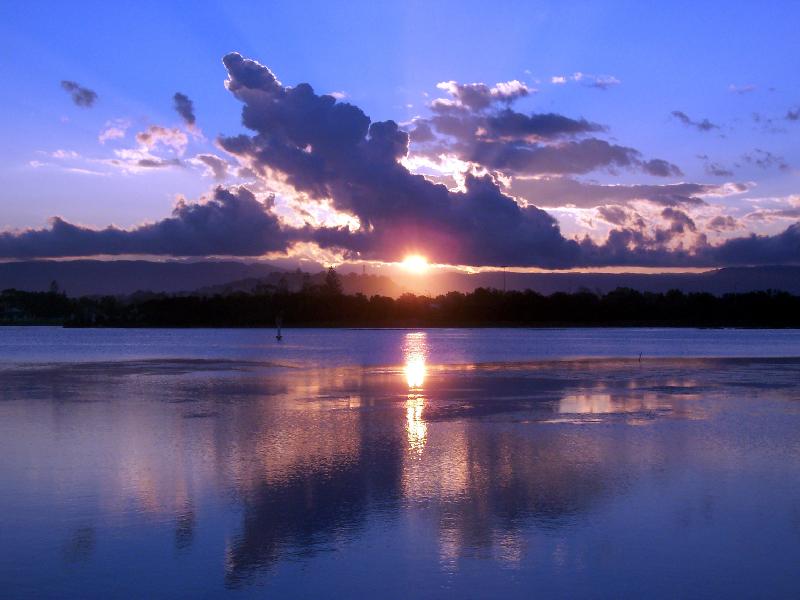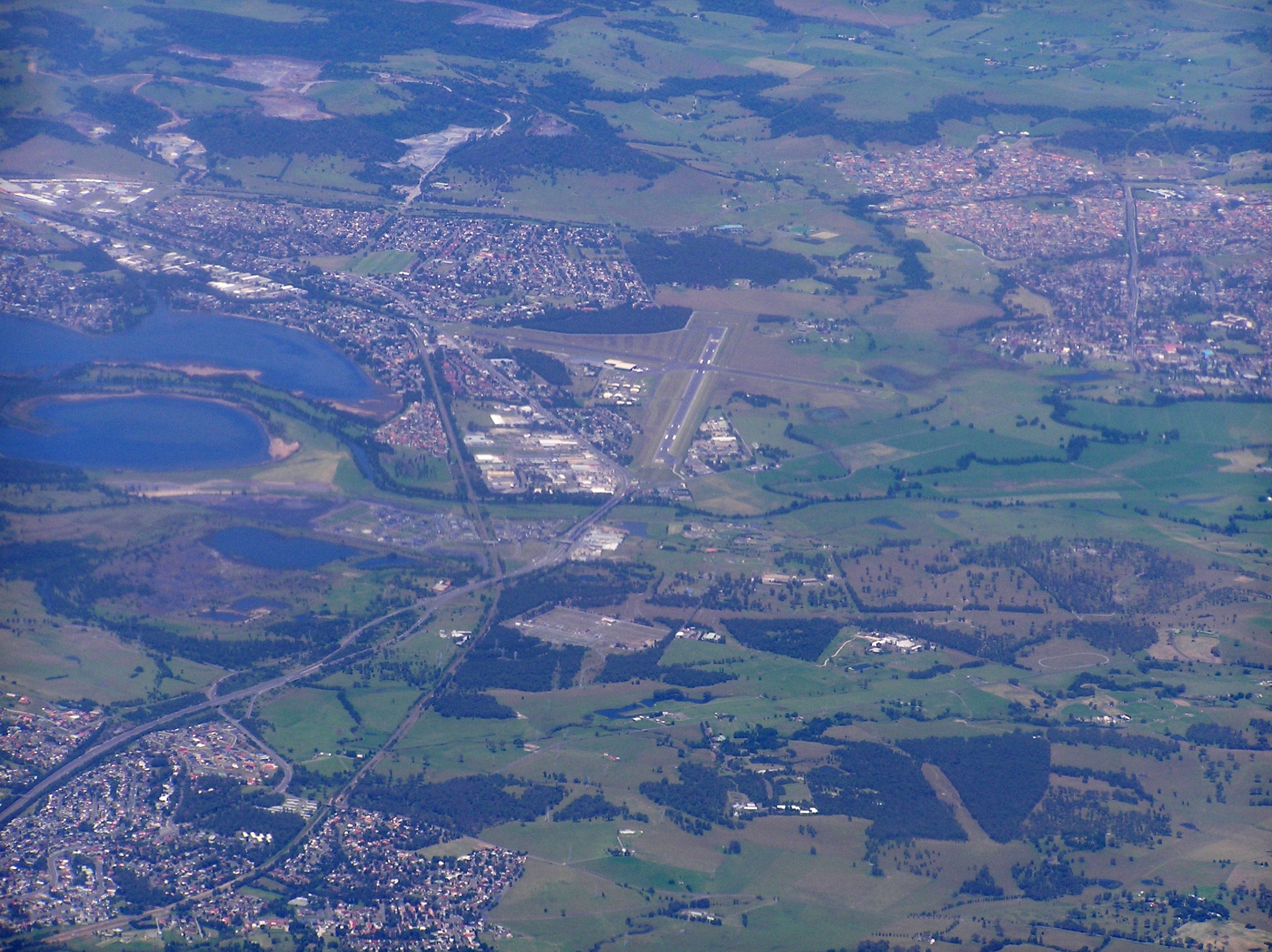Lake Illawarra on:
[Wikipedia]
[Google]
[Amazon]
Lake Illawarra ( Aboriginal


 Located south of the city of
Located south of the city of
Lake Illawarra Authority
{{Rivers of New South Wales , state=autocollapse
Tharawal language
The Dharawal language, also spelt Tharawal and Thurawal, and also known as Wodiwodi and other variants, is an Australian Aboriginal language of New South Wales.
Phonology Consonants
Vowels
Vowels are phonemically /a i u/.
See also
* ...
: various adaptions of ''Elouera'', ''Eloura'', or ''Allowrie''; ''Illa'', ''Wurra'', or ''Warra'' meaning pleasant place near the sea, or, high place near the sea, or, white clay mountain), is an open and trained intermediate wave dominated barrier estuary or large coastal lagoon
A lagoon is a shallow body of water separated from a larger body of water by a narrow landform, such as reefs, barrier islands, barrier peninsulas, or isthmuses. Lagoons are commonly divided into ''coastal lagoons'' (or ''barrier lagoons'') ...
, is located in the Illawarra
The Illawarra is a coastal region in the Australian state of New South Wales, nestled between the mountains and the sea. It is situated immediately south of Sydney and north of the South Coast region. It encompasses the two cities of Wollongo ...
region of New South Wales
)
, nickname =
, image_map = New South Wales in Australia.svg
, map_caption = Location of New South Wales in AustraliaCoordinates:
, subdivision_type = Country
, subdivision_name = Australia
, established_title = Before federation
, es ...
, situated about south of Sydney, Australia.
Until 2014, the lake environment was administered by the Lake Illawarra Authority (LIA), a New South Wales
)
, nickname =
, image_map = New South Wales in Australia.svg
, map_caption = Location of New South Wales in AustraliaCoordinates:
, subdivision_type = Country
, subdivision_name = Australia
, established_title = Before federation
, es ...
statutory authority established pursuant to the with the aim of transforming the degraded waters and foreshores of Lake Illawarra into an attractive recreational and tourist resource. In 2014, the LIA was replaced by the Lake Illawarra Estuary Management Committee (LIEMC), including representatives from Wollongong and Shellharbour City Councils, as well as independent scientific advisors, community members, and local Aboriginal representatives.
Location and features


Wollongong
Wollongong ( ), colloquially referred to as The Gong, is a city located in the Illawarra region of New South Wales, Australia. The name is believed to originate from the Dharawal language, meaning either 'five islands/clouds', 'ground near wa ...
, north of the city of Shellharbour, and northeast of Dapto
Dapto is a suburb of Wollongong in the Illawarra region of New South Wales, Australia, located on the western side of Lake Illawarra and covering an area 7.15 square kilometres in size. As at the , the suburb had a population of 10,730.
History
...
, Lake Illawarra receives runoff from the Illawarra escarpment through Macquarie Rivulet
Macquarie Rivulet is a perennial river located in the Southern Highlands and Illawarra regions of New South Wales, Australia.
Location and features
Macquarie Rivulet rises within the Macquarie Pass National Park on the eastern slopes of the ...
and Mullet Creek, drawing from a catchment area of . With an average depth of , the relatively shallow lake, brought about because of infill
In urban planning, infill, or in-fill, is the rededication of land in an urban environment, usually open-space, to new construction. Infill also applies, within an urban polity, to construction on any undeveloped land that is not on the urban ma ...
ing by sand which has been eroded from the surrounding catchments, covers a surface area of . At an elevation of , the maximum volume of water held in the lake is .
The narrow tidal entrance to the Tasman Sea
The Tasman Sea ( Māori: ''Te Tai-o-Rēhua'', ) is a marginal sea of the South Pacific Ocean, situated between Australia and New Zealand. It measures about across and about from north to south. The sea was named after the Dutch explorer ...
of the South Pacific Ocean
South is one of the cardinal directions or compass points. The direction is the opposite of north and is perpendicular to both east and west.
Etymology
The word ''south'' comes from Old English ''sūþ'', from earlier Proto-Germanic ''*sunþaz ...
is located at Windang
Windang is a suburb of Wollongong in New South Wales on the southern tip of the peninsula guarding the ocean entrance to Lake Illawarra. Windang is popular for its fishing, prawning, boating, windsurfing and yachting. Windang is about 98 km ...
. Before 2007 Lake Illawarra was frequently closed to the sea. The lake system received large amounts of nutrient and sediment from the catchment which tended to remain within the lake. Water levels within the lake also fluctuated greatly, affecting the local flora species. In July 2007 the Lake Illawarra Authority completed works on training the entrance of the lake to create a permanent opening to the sea.
Located on the western shore of Lake Illawarra at Yallah
Yallah is a western suburb in the City of Wollongong, New South Wales, Australia, located on the western shore of Lake Illawarra. It contains a mixture of rural, commercial and light industrial areas.
Etymology
''Yallah'' is an Australian Abo ...
is the natural gas
Natural gas (also called fossil gas or simply gas) is a naturally occurring mixture of gaseous hydrocarbons consisting primarily of methane in addition to various smaller amounts of other higher alkanes. Low levels of trace gases like carbo ...
-powered Tallawarra Power Station. The power station draws water from the lake for cooling purposes, and returns water to the lake via an onsite water management system that ensures water quality is maintained at levels above the catchment average.
The lake's location within the sprawling Wollongong urban area means that Lake Illawarra is vulnerable to pollution and urban run-off.
Recreation
Lake Illawarra is popular for recreational fishing, prawning and sailing. On 12 January 2009, it is suspected a man was bitten by a bull shark whilst snorkelling at Windang, near the mouth of Lake Illawarra. Birds found at the lake include pelicans, cormorants, musk ducks, hoary-headed grebes, black swans, black ducks, grey teal ducks, herons,ibis
The ibises () (collective plural ibis; classical plurals ibides and ibes) are a group of long-legged wading birds in the family Threskiornithidae, that inhabit wetlands, forests and plains. "Ibis" derives from the Latin and Ancient Greek word ...
es and spoonbills.
History
The traditional custodians of the land surrounding what is now known as Lake Illawarra are the AboriginalTharawal
The Dharawal people, also spelt Tharawal and other variants, are an Aboriginal Australian people, identified by the Dharawal language. Traditionally, they lived as hunter–fisher–gatherers in family groups or clans with ties of kinship, s ...
and Wadi Wadi peoples. Lake Illawarra was a valuable source of food and spirituality. Burial sites and middens (shell and camp rubbish heaps) discovered at Windang and surrounding areas indicate that the Wadi Wadi used the area extensively and performed various corroborees and ceremonies in the area. The name Illawarra is derived from various adaptions of the Aboriginal Tharawal language
The Dharawal language, also spelt Tharawal and Thurawal, and also known as Wodiwodi and other variants, is an Australian Aboriginal language of New South Wales.
Phonology Consonants
Vowels
Vowels are phonemically /a i u/.
See also
* ...
words of ''elouera'', ''eloura'', or ''allowrie''; ''illa'', ''wurra'', or ''warra'' mean generally a pleasant place near the sea, or high place near the sea, or white clay mountain.
Matthew Flinders and George Bass
George Bass (; 30 January 1771 – after 5 February 1803) was a British naval surgeon and explorer of Australia.
Early years
Bass was born on 30 January 1771 at Aswarby, a hamlet near Sleaford, Lincolnshire, the son of a tenant farmer, George ...
called the lake Tom Thumb's Lagoon on Flinders' chart, named after their little boat the ''Tom Thumb'', when they were there in March 1796.
In ''Lake Illawarra: an ongoing history'', Joseph Davis provides a wide-ranging environmental and historical biography of the lake and its foreshores. The book also contains many images and photographs depicting the lake. Davis edited ''John Brown of Brownsville: his manuscripts, letterbook and the records of Dapto Show Society 1857-1904'' that deals with the man who did most to protect the vegetation of the lake islands, and he authored ''Gooseberry & Hooka: the island reserves of Lake Illawarra 1829-1947'', the latter examining the records of John Brown and others and deals with the history of these two islands and how they survived to become nature refuges rather than recreation reserves.
See also
* List of lakes of Australia * Lake Illawarra High SchoolReferences
External links
*Lake Illawarra Authority
{{Rivers of New South Wales , state=autocollapse
Illawarra
The Illawarra is a coastal region in the Australian state of New South Wales, nestled between the mountains and the sea. It is situated immediately south of Sydney and north of the South Coast region. It encompasses the two cities of Wollongo ...
Geography of Wollongong
Illawarra, Lake
City of Shellharbour
Tourist attractions in Wollongong